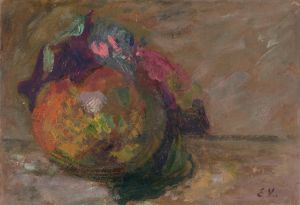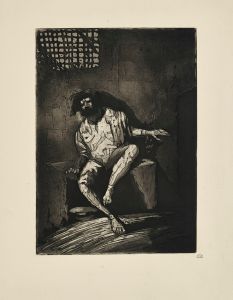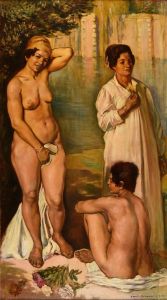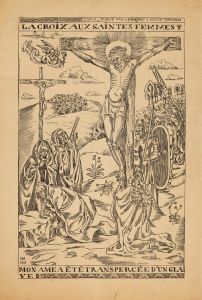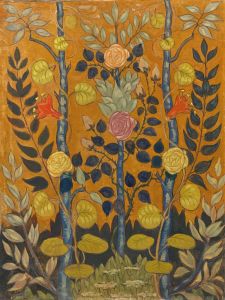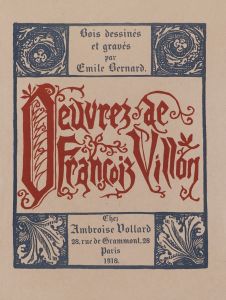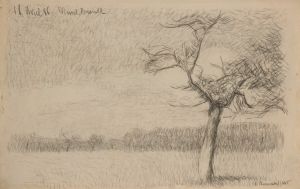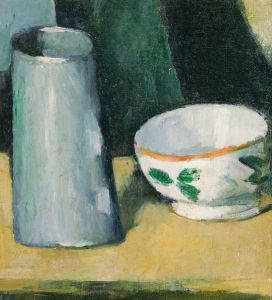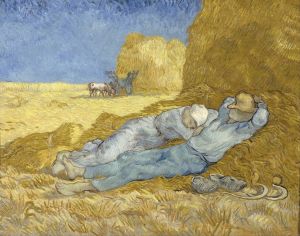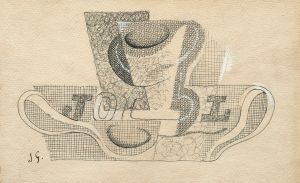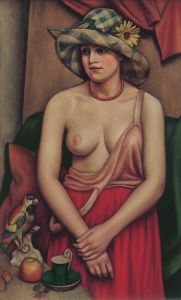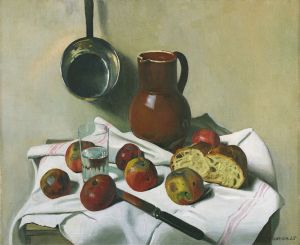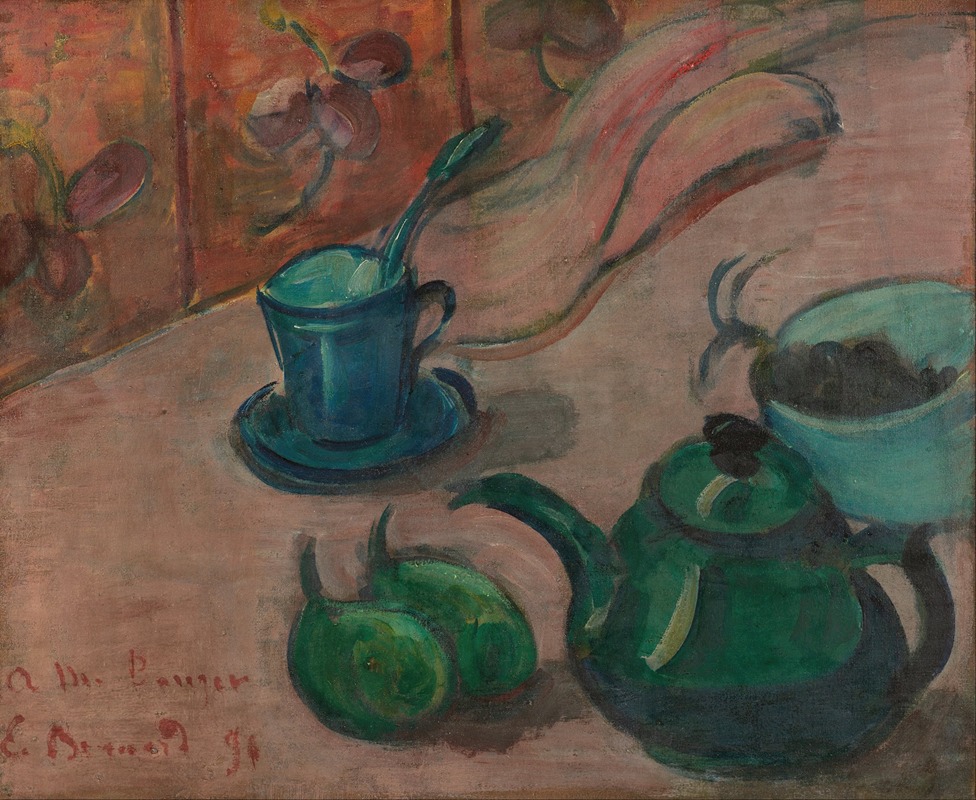
Still life with teapot, cup and fruit
A hand-painted replica of Emile Bernard’s masterpiece Still life with teapot, cup and fruit, meticulously crafted by professional artists to capture the true essence of the original. Each piece is created with museum-quality canvas and rare mineral pigments, carefully painted by experienced artists with delicate brushstrokes and rich, layered colors to perfectly recreate the texture of the original artwork. Unlike machine-printed reproductions, this hand-painted version brings the painting to life, infused with the artist’s emotions and skill in every stroke. Whether for personal collection or home decoration, it instantly elevates the artistic atmosphere of any space.
Still Life with Teapot, Cup and Fruit is a painting by the French Post-Impressionist artist Émile Bernard. Created in the late 19th century, this work exemplifies Bernard's exploration of still life as a genre and his interest in bold forms and simplified compositions. Émile Bernard (1868–1941) was a significant figure in the Post-Impressionist movement and is known for his contributions to Symbolism and Cloisonnism, a style characterized by bold outlines and flat areas of color.
The painting depicts a carefully arranged composition of everyday objects: a teapot, a cup, and a selection of fruit. These items are placed on a table, with attention given to their spatial relationships and the interplay of light and shadow. The work reflects Bernard's interest in reducing forms to their essential shapes while maintaining a sense of harmony and balance. The color palette is subdued yet rich, with earthy tones and subtle contrasts that draw the viewer's attention to the textures and surfaces of the objects.
Bernard's approach to still life was influenced by his interactions with other Post-Impressionist artists, including Paul Gauguin and Vincent van Gogh. During the late 1880s, Bernard was part of a circle of artists who sought to move beyond the naturalism of Impressionism by emphasizing symbolic content and decorative qualities in their work. This painting demonstrates Bernard's ability to combine these elements with a focus on everyday subject matter.
While the exact date of creation for Still Life with Teapot, Cup and Fruit is not definitively documented, it is consistent with Bernard's stylistic developments during the late 19th century. The work is an example of his interest in exploring the aesthetic possibilities of still life, a genre that allowed him to experiment with composition, color, and form.
Today, Émile Bernard's contributions to modern art are widely recognized, and his works are held in major museum collections around the world. However, specific details about the current location or provenance of Still Life with Teapot, Cup and Fruit are not readily available in public records. The painting remains an important example of Bernard's artistic legacy and his role in shaping the trajectory of Post-Impressionist art.





